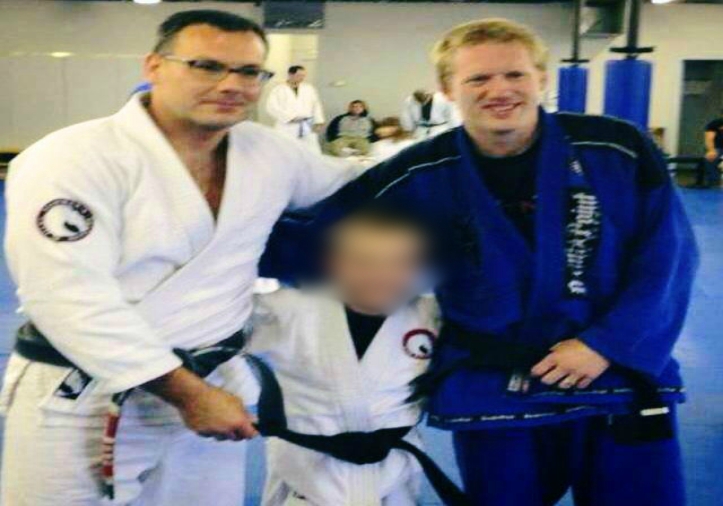In the 1960s and 1970s martial arts exploded into American culture. While they had been practiced in the States for much longer, it was the movie industry that brought words like Karate and Jiu-Jitsu into the American living room. At that time, the words “Black Belt” were held in super high regard and brought forth images of some of the toughest people on Earth doing performing insurmountable feats and a high degree of skill in self defense and fighting. This idea lasted through into the 1980s. However, in 1984, The Karate Kid changed the dynamic of who trained martial arts and why. The movie went deeper into the character traits developed in martial arts than any of its predecessors ever had.
“Why you train Karate?” Mr. Miyagi famously asked.
“So I don’t have to fight.” Daniel San replied.
Parents responded to the movie. Afterall, we’re all looking for ways to keep our kids out of trouble and off the street. None of us want our kids to get into fights, but we all want our kids to be able to defend themselves. So, after this movie released, millions of kids around the globe began training in karate and other martial arts. It didn’t take long before it became common place to see a young child, some as young as 8 or 9, wearing the coveted Black Belt. In fact, if you ask 10 people around you, it’s quite likely that they have a child, or know a child that has earned a black belt.
Now don’t get me wrong; I’m not judging what other schools do. If a black belt is the way they find to motivate kids to live better, morally correct, healthy lives, so be it. But it’s my opinion, as well as the opinion of the founders of Gracie Jiu-Jitsu, that children don’t need cloth belts to motivate them.
Years ago, long before martial arts became popular in the United States. Helio and his brother Carlos were teaching children at their Gracie Academy. It wasn’t long until they decided, not only could a child not earn a black belt, but they could not earn ANY rank that was the same as an adult rank. This is because they believed that children can not be judged against the same moral reasoning as an adult. Simply put, most children haven’t lived enough life to truly understand what it means to be selfless or courageous or humble. Certainly, they can mimic what their role models tell them; they can even demonstrate the traits on their own from time to time. But until they have lived enough life and experienced the myriad of emotions that a full grown adult has experienced, they can’t be judged the same way as an adult.
You may be wondering what this has to do with rank. It’s this simple; all of our students are expected to uphold strong character values. Values such as discipline, respect, selfless service, integrity and so on….This is intimately connected with rank. Therefore, children can not have the same ranks as an adult. In fact, the highest rank a child under the age of 16 can receive is a green belt. After that, they can’t earn a black belt until they’re 19.
character values. Values such as discipline, respect, selfless service, integrity and so on….This is intimately connected with rank. Therefore, children can not have the same ranks as an adult. In fact, the highest rank a child under the age of 16 can receive is a green belt. After that, they can’t earn a black belt until they’re 19.
It is in this way that we maintain the integrity of the art. We both ensure that the black belt practitioners are highly skilled and capable of defending themselves against adults as well as making certain that our practitioners are good people. That’s why you’ll never see a child wearing a Black Belt at Top Level Martial Arts.
Thanks for reading and I’ll see you on the mats,
Bill Jones
Bill Jones is the owner and head instructor of Top Level Martial arts in Cuyahoga Falls, Ohio. He is a Black Belt under Pedro Sauer and has trained martial arts for over 30 years. If you have any questions, or would like to try out classes, call Bill at 330-770-4304 or sign up for our special offer at http://toplevelmartialarts.com/special-offer.html

















